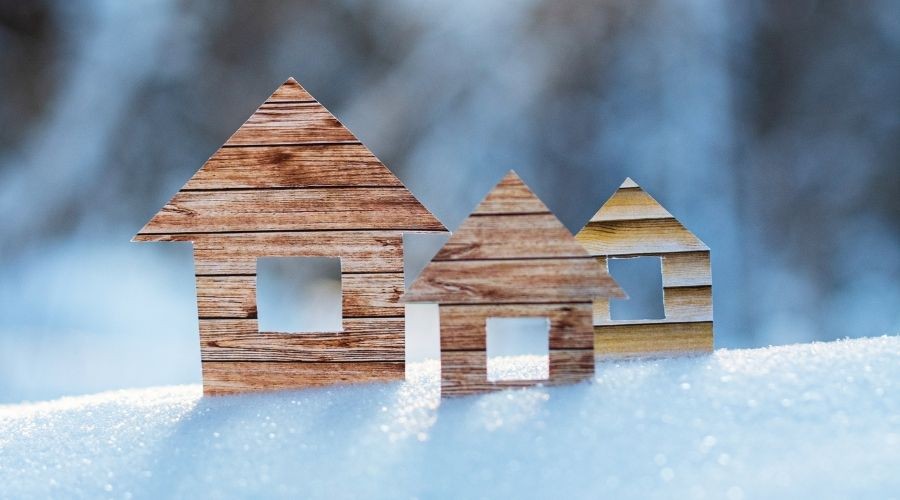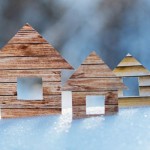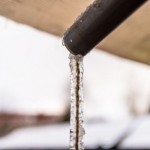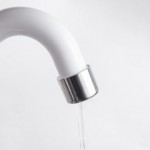Be on the Lookout for These Indicators of a Frozen Pipe In Your Home!
Chicago winters can be pretty unforgiving between the frigid temperatures and the historically massive amounts of snowfall. One of the most insidious ways the bitter cold can affect the city is by creeping into plumbing systems and causing pipes to freeze. When this happens, the result is usually a burst pipe accompanied by an enormous mess and a whole lot of water damage.
Given the destruction it can cause, most homeowners will agree that it’s best to avoid a burst pipe at all costs. It’s crucial to winterize and protect the home’s plumbing, but it’s equally important to act quickly if a pipe does succumb to the icy temperatures outside. So this article will explain how to spot the early warning signs of a frozen pipe - and what to do about it.
Little or No Water Pressure
The first sign of a frozen pipe is if one or more faucets (or showerheads) have lower than normal water pressure. As the water in a supply line freezes, it will form an obstruction, allowing less and less water to get through to the faucet or fixture. Eventually, the pathway will close entirely, and no water will come out when the faucet is opened. When this happens, pressure will build upstream of the icy blockage. This overpressurization, combined with the expansion of the ice, is what causes frozen water lines to burst.
Suppose homeowners notice this issue on a below-freezing day. In that case, they should leave the faucet open, investigate for signs of a leak or rupture, and call a professional for frozen pipe repair immediately.
 Frost On Visible Pipes
Frost On Visible Pipes
The second way to tell if a water pipe is frozen is to examine the pipes themselves for any frost or icy residue evidence. The best places to look for this are basements, garages, attics, or crawl spaces. Any exposed sections of pipe in these locations are much more likely to freeze since the home’s insulation does not protect them. Even the pipes closest to the home’s perimeter walls are vulnerable, so it doesn’t hurt to check these where possible - i.e., under sinks or behind access panels.
Pipes with a coating of frost, ice, or even condensation are most likely frozen or in the process of freezing. Again, the best thing to do is open the faucets to a trickle and call a pro. It may also be a good idea to thaw the pipe using a hair dryer or towel dampened with hot water. And, of course, any exposed pipes should be insulated as a preventative measure.
Sewage Smell In the House
Finally, if there’s an unpleasant odor of sewage in the house - particularly near any of the home’s drains, it could indicate that the sewer line or one of the smaller drain lines has frozen. This will prevent wastewater from draining properly, which can cause foul odors and fumes to back up into the house. This is often accompanied by gurgling sounds when wastewater goes down the drains.
A frozen sewer line or drain pipe isn’t quite as likely to burst as a supply line since it’s not under as much pressure, but the ice expansion can still damage the pipe - as if having nasty wastewater bubble up from the drains wasn’t bad enough. The drainage system can also be more difficult to access and thaw out, so it’s best to bring in a local plumber to resolve this issue safely.
About Captain Rooter Emergency Plumbers Chicago
The award-winning Captain Rooter Emergency Plumbers Chicago has been Chicago, IL’s trusted plumbing company since 1998. They offer free estimates and upfront, no-surprise pricing. Their licensed, insured, and background-checked technicians are available 24/7 for emergencies, so there’s no one better to call for burst pipe repair!



























